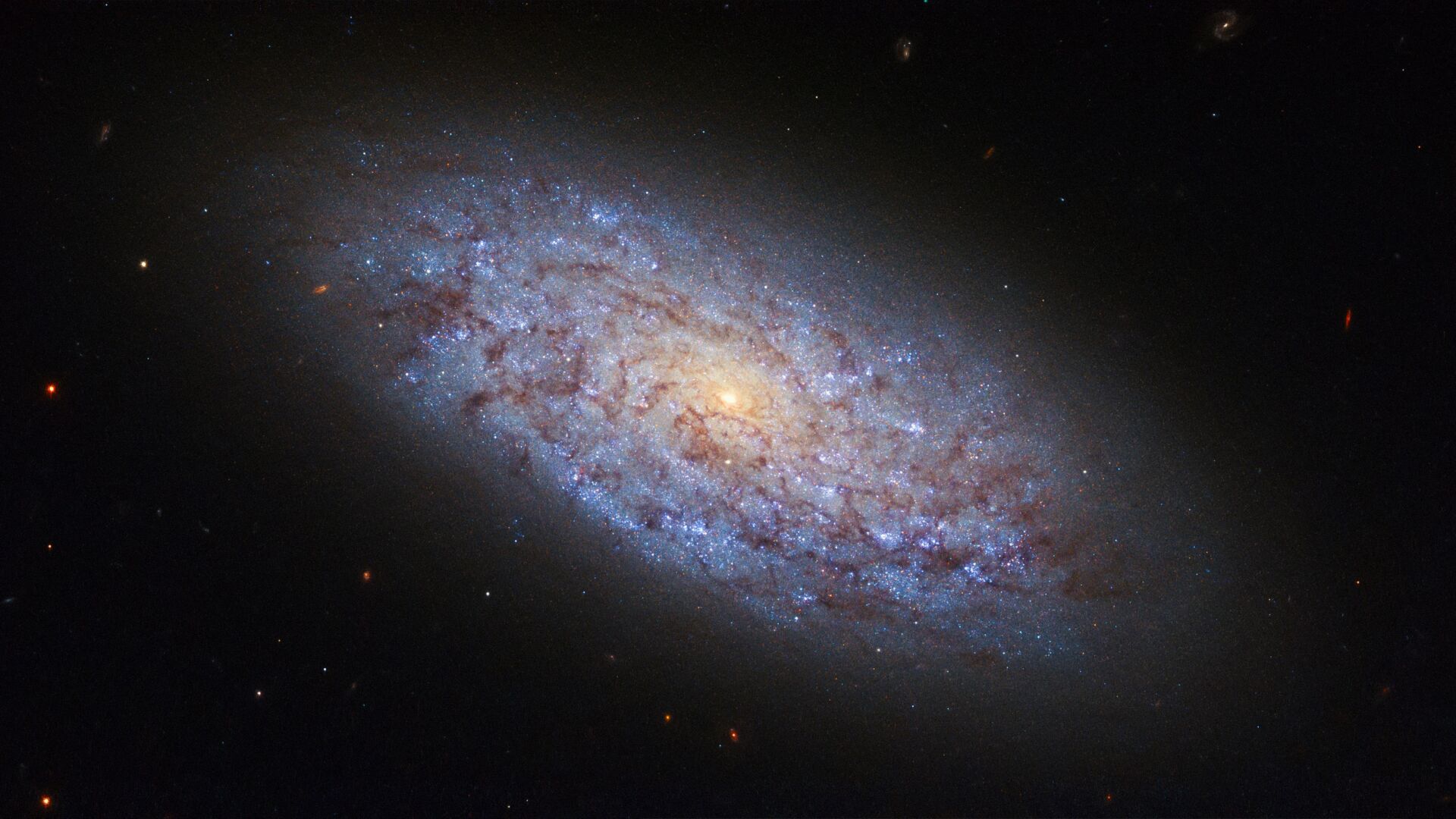Massive numbers: putting the mass of the observable universe into perspective
The mass of ordinary matter in the observable universe is estimated to be ≈2×10^53 kg or ≈200 sexdecillion kilograms, a number with 54 decimal places. Or ≈2×10^50 t aka ≈200 quindecillion metric tons. Ordinary matter means without theoretical dark matter, which is estimated to make up ≈84.5% of the total matter in the universe. Yet, it is hypothetical and will therefore be ignored in this article.
What does this number mean? Well, the first Death Star from Star Wars is estimated to have a mass of ≈1,200,000,000,000,000,000 t or ≈1.2 quadrillion metric tons. The mass of ordinary matter in the observable universe divided by the mass of the Death Star yields ≈166,667,000,000,000,000,000,000,000,000 Death Stars or ≈166 decillion 667 nonillion Death Stars. That’s more than the number of stars in the universe, which is estimated to be ≈1×10^24 or ≈1 septillion.
For comparison, the mass of the Sun is approximately ≈1.988435×10^27 t or ≈1 octillion 988 septillion 435 sextillion metric tons or 1 solar mass M☉, a standard unit of mass in astronomy . Thus, the estimated mass of ordinary matter in the observable universe is ≈2×10^50 t / M☉, which is equal to ≈100,581,613,178,202,958,608,151 suns, or ≈100 sextillion 581 quintillion 613 quadrillion 178 trillion 202 billion 958 million 608 thousand 151 suns.
Bigger? Yes, bigger! The estimated mass of our Milky Way is about ≈3×10^39 t or ≈3 duodecillion metric tons. Thus, the mass of ordinary matter in the observable universe is equal to the mass of ≈66 billion 666 million Milky Ways.
As of March 2023, Phoenix A is the most massive black hole in the category of supermassive black holes known to date. Its estimated mass is ≈1×10^11 M☉ or ≈100 billion solar masses. This means that the mass of ordinary matter in the observable universe divided by the mass of Phoenix A is ≈800 billion.
Even bigger? Sure is! The Hercules-Corona Borealis Great Wall is the largest known structure in the observable universe, measuring about ≈10 billion light-years in length (the observable universe is about ≈93 billion ly in diameter). Its mass is estimated to be ≈2×10^19 M☉ or ≈20 quintillion solar masses or ≈3.977×10^46 t aka ≈39 quattuordecillion 770 tredecillion metric tons. However, it takes ≈5028.92 Hercules-Corona Borealis Great Walls to reach the same mass as the mass of ordinary matter in the observable universe.
The universe is a big guy. But we can only estimate it based on what we’ve discovered so far and what’s within the limits of our particle horizon, the boundary between the observable and the unobservable universe. Looking at you, dark matter 🫵🏽🧐. Or strange matter. Or any other mattering matter.
Hero image: Hubble Displays a Dwarf Spiral Galaxy by NASA/Hubble.


Reply article Reply answer